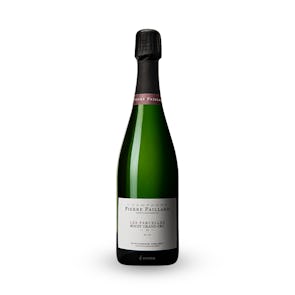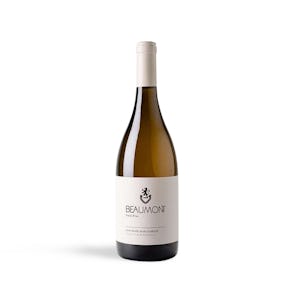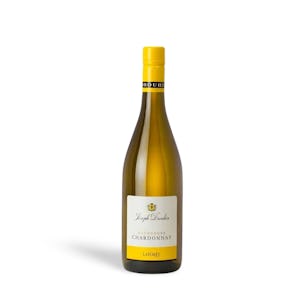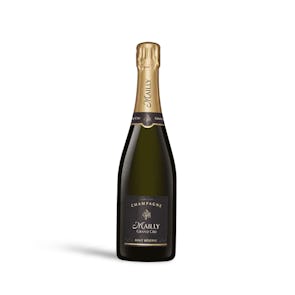
Brie de Meaux Rouzaire
Pastoral decadence for connoisseurs
Tasting notes of the Curator
The Rouzaire family’s interpretation of Brie de Meaux feels like an encounter with royalty disguised as pastoral simplicity. This is cheese as narrative—the first bite introduces a mild, mushroomy prologue that’s all restraint and suggestion. Then comes the development: subtle notes of fresh cream and cultured butter, earthy forest floor, and that indefinable muskiness that only comes from milk that has known real seasons. Unlike its more assertive cousins, the Rozaire exhibits a delicate balance between salt and cream, with nuances of damp hay and roasted nuts emerging as the cheese warms on your tongue. The paste transforms dramatically from center to edge—a textural journey from dense firmness to an unctuous creaminess that collapses against the palate with the inevitability of a soufflé surrendering to gravity. What distinguishes this particular Brie is the whisper of minerality in the finish, a ghostly reminder of the chalky soils of Île-de-France where the patient cows graze, and the careful hand of the Rozaire affineurs who understand that great cheese, like great literature, is about timing and knowing when to stop.
Pairings and Suggestions
The Rouzaire Brie de Meaux demands to be treated with the reverence of a sacred text, but that doesn’t mean asceticism. Consider these approaches to communion:
- On the board: Allow it generous real estate on your cheese board, ideally accompanied by nothing more complicated than a rustic baguette or some plain water crackers—vehicles for cheese, not distractions.
- With fruit: Pair with barely ripe pears or fresh figs when in season—the subtle sweetness provides counterpoint without overwhelming.
- Liquid companionship: A Champagne with some age and breadiness matches the cheese’s complexity, while a demi-sec Vouvray creates beautiful tension between acid and cream. For the less orthodox, try a Belgian saison whose farmhouse funk echoes the cheese’s earthier dimensions.
- In the kitchen: When slightly past its prime, gently melt into a risotto finished with wild mushrooms, or layer thin slices atop a potato gratin where it will dissolve into the cream like whispered secrets.
Serve at room temperature—patience rewards the prepared palate. This is a cheese that performs its most intimate revelations only when it relaxes, slouching slightly on the plate, fragrant and yielding.
The Royal Affair of Cheese
In 1814, at the Congress of Vienna that reshaped Europe after Napoleon’s defeat, Talleyrand reportedly deployed wheels of Brie de Meaux as diplomatic currency. When the assembled dignitaries argued over territory and reparations, he suggested they pause for a civilized cheese course. The legendary Brie so captivated Prince Metternich of Austria that he allegedly softened his stance on French concessions. The Rozaire family’s ancestors were among those supplying the French delegation, their wheels selected for their perfect balance of refinement and rustic charm—qualities that remain hallmarks of their production today. In the centuries since, while empires have fallen and borders redrawn, the delicate microbial ecosystem of Brie de Meaux continues its quiet, aromatic revolution—proof that true cultural power outlasts political machinations.
Storage Instructions
Store between 2-4°C, wrapped in the specialized cheese paper or in waxed paper that allows the cheese to breathe. Ideally, consume within 7-10 days of purchase. Before serving, unwrap and allow 1-2 hours at room temperature for full flavor development. Once cut, re-wrap with fresh paper after each use.






